India, Europe and Africa 2016
Arriving in Berlin, we caught a bus to the centre and then traipsed through the streets to the tiny hostel we had booked next to the Landwehr Canal in Kruezburg, south of the city centre. Here we were met by the owner of the hostel, who spent an hour and a half scribbling on a city map the best places to see sights, eat, and party. A typical Berliner, he recently narrowly avoided charges for the small scale horticulture enterprise he was running under the hostel, and was about to get his licence back after 10 years for driving though Berlin at 280km/hr at 3am with three times the legal blood alcohol limit. Nonetheless, he was extremely helpful and welcoming, and his 14 bed hostel was one of the best we have stayed in, certainly somewhere we wouldn't hesitate to go back to.
In the afternoon we walked West, heading towards Friedrichshain. It was a beautiful afternoon and we were delighted by the number of trees and small parks along the canal being enjoyed by the diverse, multicultural Berlin people. And their many dogs! Crossing the bridge towards the east side gallery we passed a very talented saxophonist. The east side gallery is a 1.3km long remnant of the Berlin Wall which has over 100 murals painted by artists from all over the world. It is seen by many people as a memorIal for freedom, and many of the paintings, if not all of them, reflect this. We wandered down the East side of the wall which has the murals, and back along the west side which is more a graffiti gallery, if you were feeling generous enough to call it that. It was on our way back that a small disagreement and miscommunication led us to head in opposite directions along the wall and lose each other for about an hour. I think Liam’s biggest concern was what he was going to tell Elly if he went back to the hostel and I wasn't there. We headed back to Kreuzberg for dinner and had a very cheap and tasty german meal of bacon hock and sauerkraut with fantastic beer.
A walking tour through the city took up half of the next day. We had a very enthusiastic Irish guide who was passionate about Berlin history, and connected for us some of the dots between the two world wars and the Cold War, and how Berlin and its people were involved and affected by events we have hear so much about but which are difficult to understand and appreciate as young people growing up on the other side of the world.
In the late afternoon we visited the Berlin Historical museum, which had lots of in depth information about German history. We also revisited the Neue Wache, a memorial dedicated to “ victims of war and dictatorship”. It features a sculpture by German artist Kathy Kolwitz called ‘Mother with her dead son’, created after the loss of her own son in WWI. It was solemn but serene, and very moving.
Our final day we spent a few hours in the city to revisit the holoclaust memorial and the ‘Topography of terror’, an open museum narrating the Nazi era, located at the previous headquarters of the gestapo. For us the holoclaust memorial was a bit confusing and lacking in obvious meaning. I guess that's what abstract art and architecture are often like, but we were surprised they didn't have a memorial with a more discernible meaning.
On our way back to the hostel we came across aTurkish market, and enjoyed wandering past all the stalls feeling very curious, listening to more Turkish being spoken than German. We enjoyed our last couple of hours in the sunshine on the banks listening to a musician. There were lots of people doing the same, and it felt like half of the city was out making the most of the gorgeous Spring afternoon. Berlin undoubtedly has the best quality people watching I have ever experienced.
emily.j.buswell
30 chapters
16 Apr 2020
Dublin to Berlin
Berlin
Arriving in Berlin, we caught a bus to the centre and then traipsed through the streets to the tiny hostel we had booked next to the Landwehr Canal in Kruezburg, south of the city centre. Here we were met by the owner of the hostel, who spent an hour and a half scribbling on a city map the best places to see sights, eat, and party. A typical Berliner, he recently narrowly avoided charges for the small scale horticulture enterprise he was running under the hostel, and was about to get his licence back after 10 years for driving though Berlin at 280km/hr at 3am with three times the legal blood alcohol limit. Nonetheless, he was extremely helpful and welcoming, and his 14 bed hostel was one of the best we have stayed in, certainly somewhere we wouldn't hesitate to go back to.
In the afternoon we walked West, heading towards Friedrichshain. It was a beautiful afternoon and we were delighted by the number of trees and small parks along the canal being enjoyed by the diverse, multicultural Berlin people. And their many dogs! Crossing the bridge towards the east side gallery we passed a very talented saxophonist. The east side gallery is a 1.3km long remnant of the Berlin Wall which has over 100 murals painted by artists from all over the world. It is seen by many people as a memorIal for freedom, and many of the paintings, if not all of them, reflect this. We wandered down the East side of the wall which has the murals, and back along the west side which is more a graffiti gallery, if you were feeling generous enough to call it that. It was on our way back that a small disagreement and miscommunication led us to head in opposite directions along the wall and lose each other for about an hour. I think Liam’s biggest concern was what he was going to tell Elly if he went back to the hostel and I wasn't there. We headed back to Kreuzberg for dinner and had a very cheap and tasty german meal of bacon hock and sauerkraut with fantastic beer.
A walking tour through the city took up half of the next day. We had a very enthusiastic Irish guide who was passionate about Berlin history, and connected for us some of the dots between the two world wars and the Cold War, and how Berlin and its people were involved and affected by events we have hear so much about but which are difficult to understand and appreciate as young people growing up on the other side of the world.
In the late afternoon we visited the Berlin Historical museum, which had lots of in depth information about German history. We also revisited the Neue Wache, a memorial dedicated to “ victims of war and dictatorship”. It features a sculpture by German artist Kathy Kolwitz called ‘Mother with her dead son’, created after the loss of her own son in WWI. It was solemn but serene, and very moving.
Our final day we spent a few hours in the city to revisit the holoclaust memorial and the ‘Topography of terror’, an open museum narrating the Nazi era, located at the previous headquarters of the gestapo. For us the holoclaust memorial was a bit confusing and lacking in obvious meaning. I guess that's what abstract art and architecture are often like, but we were surprised they didn't have a memorial with a more discernible meaning.
On our way back to the hostel we came across aTurkish market, and enjoyed wandering past all the stalls feeling very curious, listening to more Turkish being spoken than German. We enjoyed our last couple of hours in the sunshine on the banks listening to a musician. There were lots of people doing the same, and it felt like half of the city was out making the most of the gorgeous Spring afternoon. Berlin undoubtedly has the best quality people watching I have ever experienced.
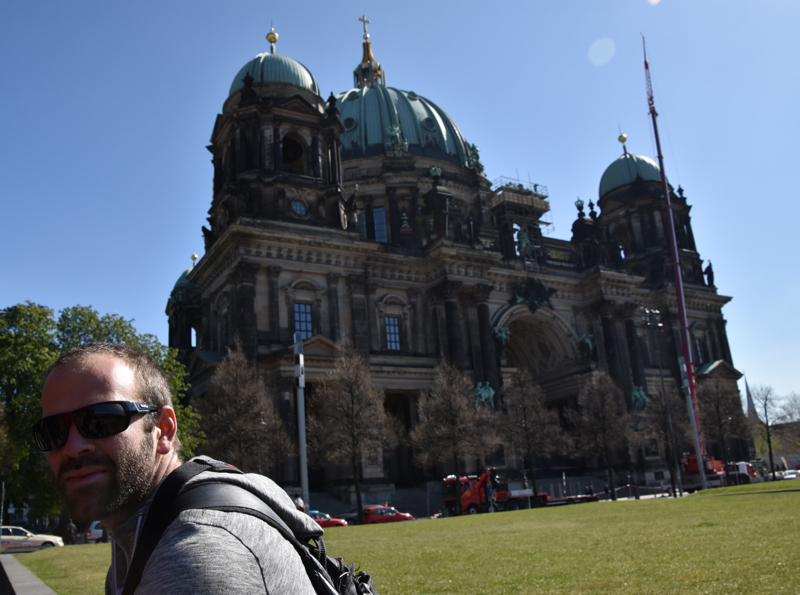
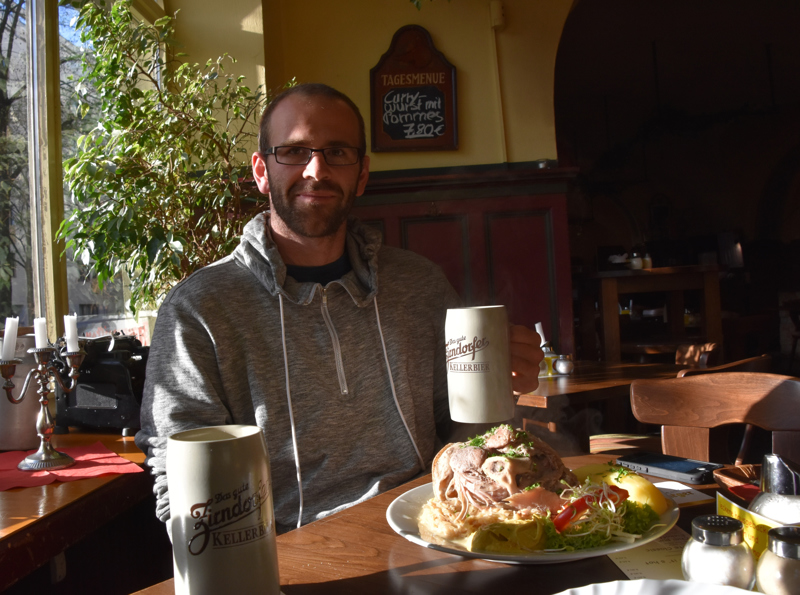
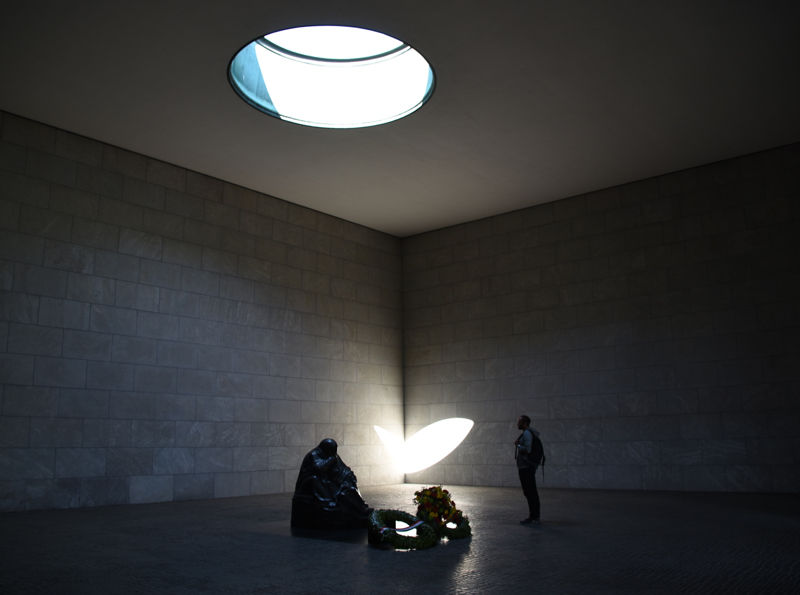
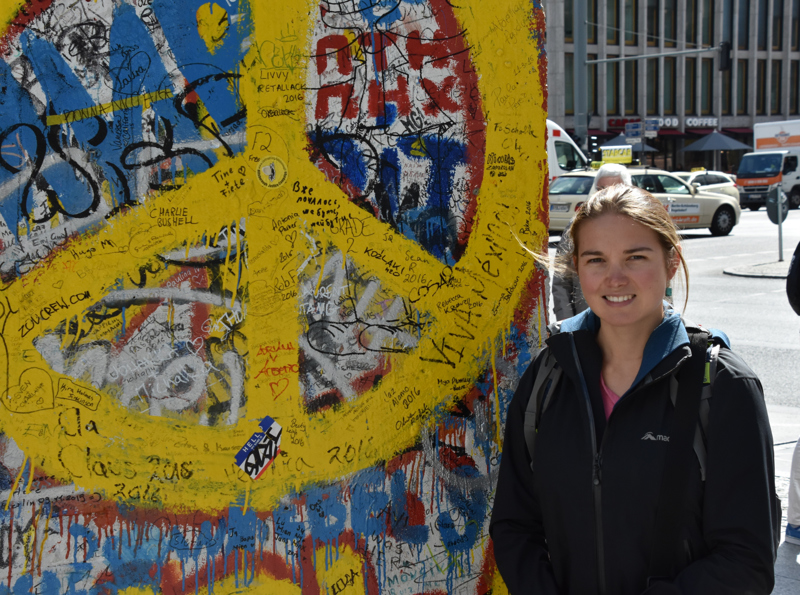
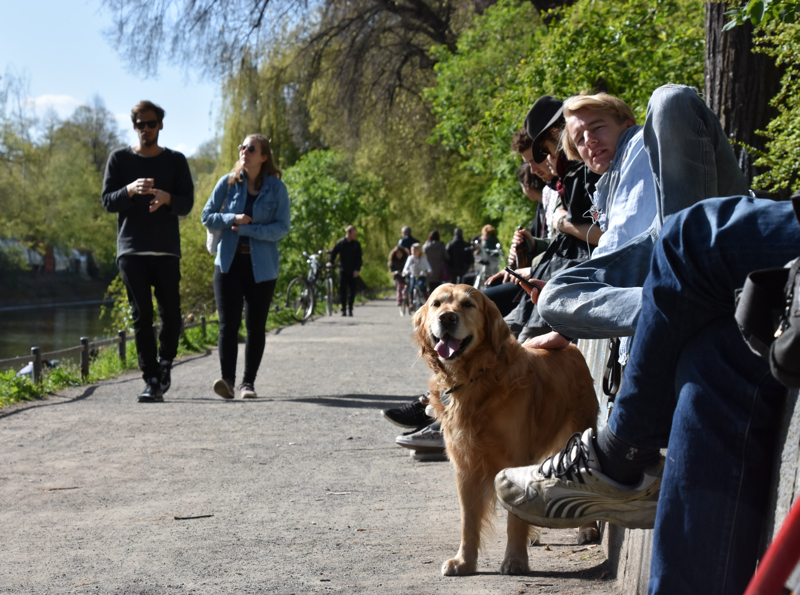
1.
Kolkata to Darjeeling
2.
Darjeeling
3.
Darjeeling to Kurseong
4.
Kurseong to Varanasi
5.
Varanasi to Khajuraho
6.
Khajuraho to Agra
7.
Agra to Jaipur
8.
Jaipur to Pushkar
9.
Pushkar to Bundi
10.
Bundi to Jodhpur
11.
Jodhpur to Jaisalmer
12.
Jaisalmer to Delhi
13.
Delhi to London
14.
London to Waterford
15.
Waterford to Tralee
16.
Tralee to Westport
17.
Westport to Mullingar
18.
Mullingar to Donegal
19.
Donegal to Belfast
20.
Belfast to Dublin
21.
Dublin to Berlin
22.
Berlin to Marburg
23.
Marburg to Munich
24.
Munich to Salzburg
25.
Salzburg to Ljubljana
26.
Ljubilana to Lake Bled and Postojna
27.
Postojna to Croatia part one
28.
Croatia to Bosnia-Hercegovina
29.
Bosnia to Croatia part 2
30.
Croatia to Italy